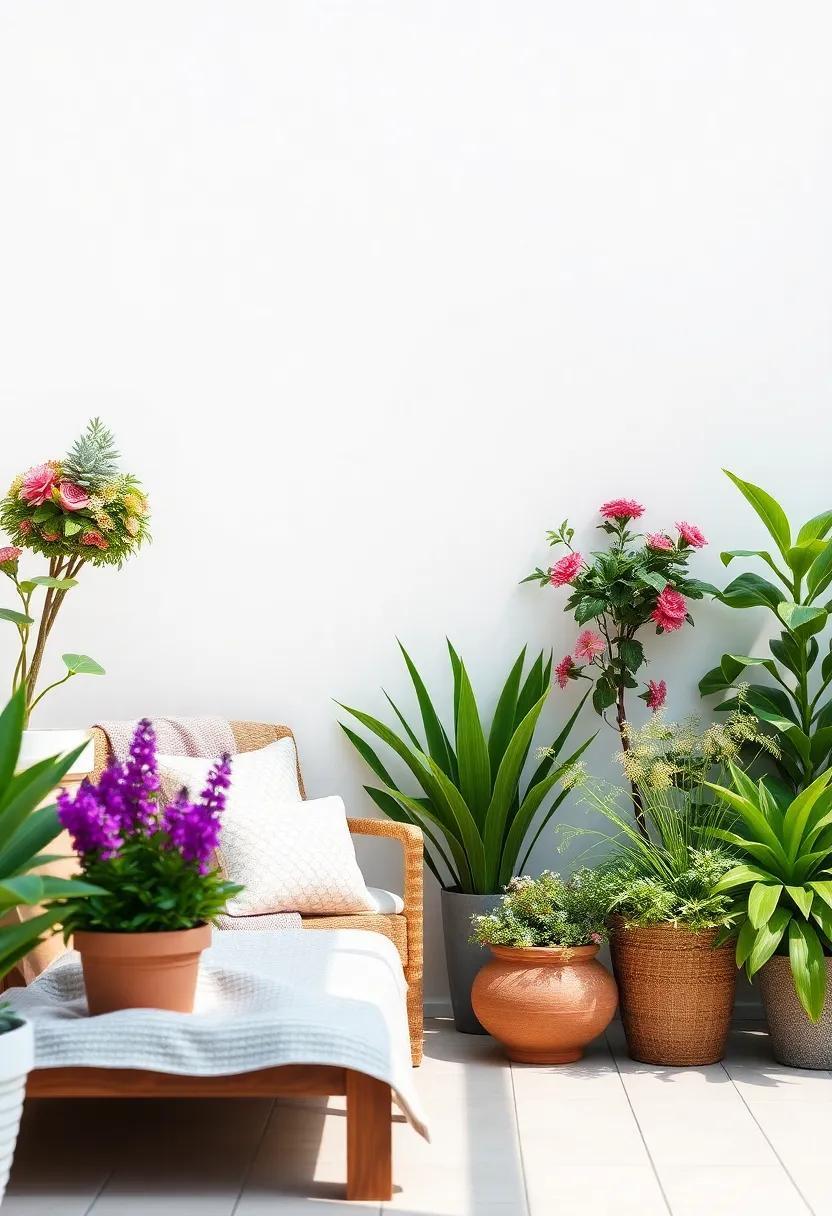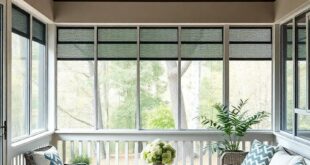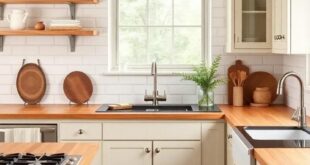As winter’s chill begins to fade and the first signs of spring emerge, many of us feel a renewed sense of energy and excitement for the season ahead. For garden enthusiasts and casual outdoor lovers alike, this transition signals the perfect possibility to breathe new life into our outdoor spaces. Whether you have a sprawling backyard or a cozy balcony, the arrival of spring invites a world of possibilities for planting, designing, and cultivating a vibrant retreat. In this comprehensive guide, we will explore the essential steps to transform your garden into a flourishing oasis. From choosing the right plants to practical tips on soil preparation and design aesthetics, prepare to embark on a journey of growth and creativity as we help you set the stage for a stunning spring garden. Let’s dig in and cultivate an outdoor space that reflects your unique style and invites joy into your daily life!
Transforming Your Outdoor Space Into a Vibrant Spring oasis
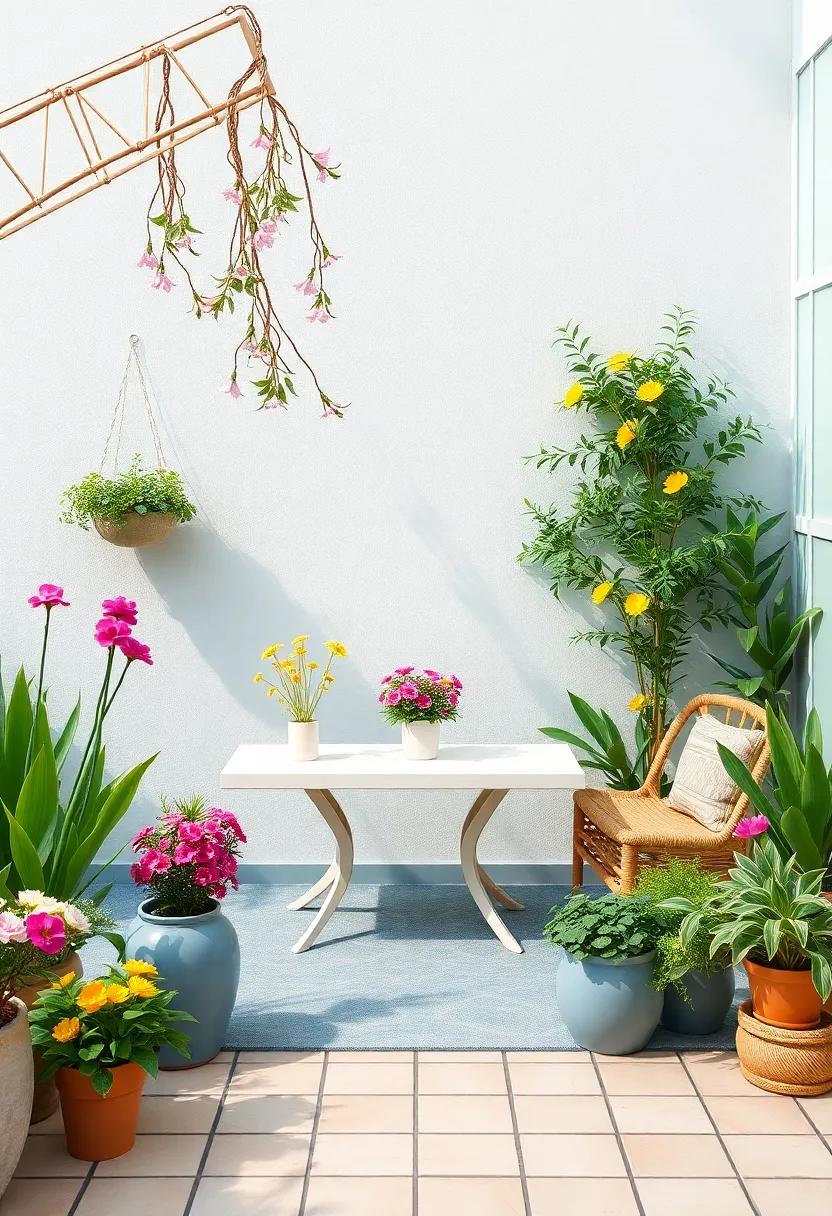
As the chill of winter recedes, it’s time to breathe new life into your outdoor sanctuary. Begin by selecting vibrant flowers that resonate with the colors of spring. Consider planting a mix of perennials and annuals, such as:
- Tulips – for their bold and bright hues
- Daffodils - perfect for a cheerful, golden touch
- Pansies – known for their charming designs and hardiness
- Hyacinths - to infuse your garden with their delightful scent
Pair these with a variety of foliage plants to establish a lush backdrop that enhances your blooms. don’t forget to stagger the planting times for a continuous display,ensuring that your garden remains in constant bloom throughout the season.
Next, focus on creating inviting spaces for relaxation and entertainment. Introduce elements that beckon you outdoors, such as a cozy seating area, perhaps with a charming garden bench or a set of colorful chairs.Accessorize with:
- Soft cushions - for comfort and style
- String lights – to add a warm glow in the evenings
- Potted herbs - both functional and aromatic for your culinary needs
- A tranquil water feature – to create a serene atmosphere
By incorporating functional and aesthetic elements, you can craft a welcoming oasis where you can unwind and rejuvenate as nature reawakens around you.
Choosing the Right Plants for Your Unique outdoor Environment
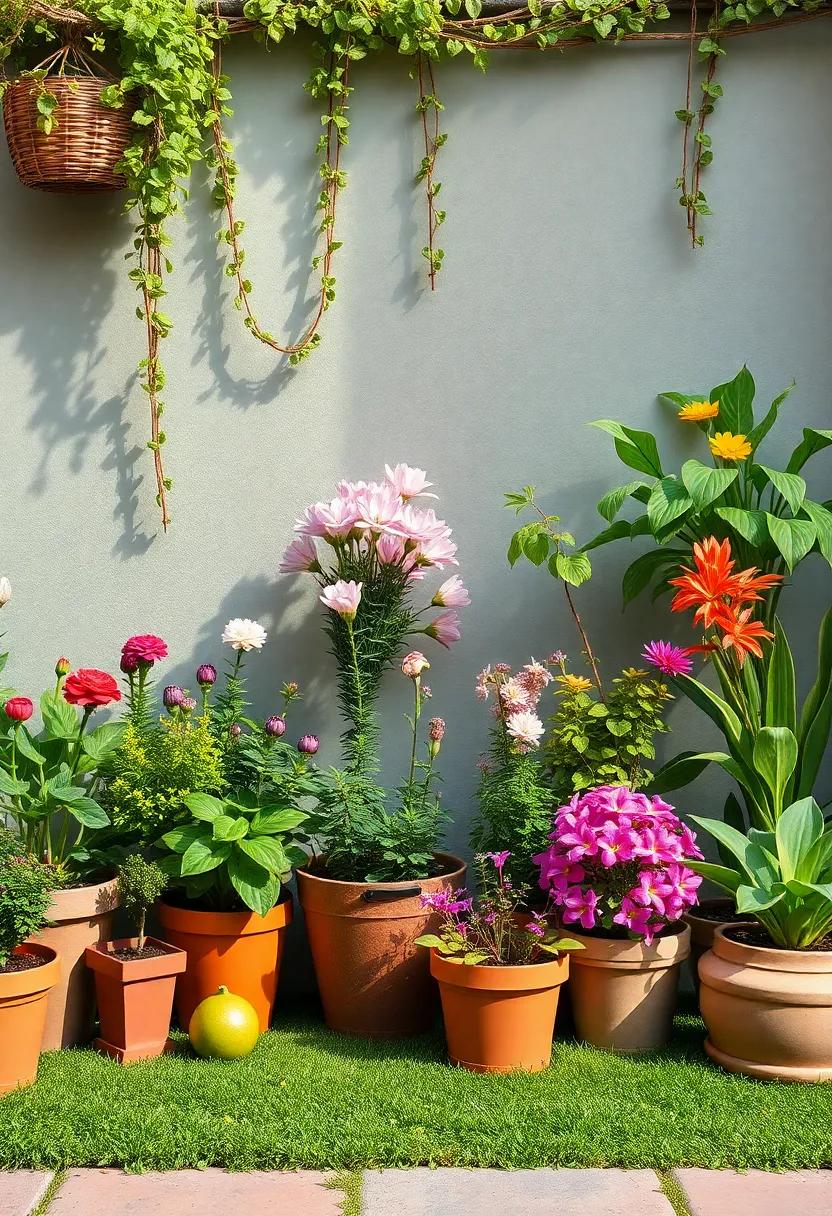
When it comes to creating a vibrant outdoor space, selecting the right plants tailored to your unique environment is essential. Begin by assessing your site’s characteristics, such as sunlight exposure, soil quality, and climate conditions. Key factors to consider include:
- Sunlight: Determine if your area receives full sun, partial shade, or full shade.
- Soil Type: Test your soil to understand its composition—sandy, clayey, or loamy? This affects drainage and nutrient availability.
- Climate Zone: Identify your USDA hardiness zone to choose plants that thrive locally.
Next,choose plants that fit harmoniously within this framework. Combining perennials, annuals, and shrubs can create an attractive layered look, while also ensuring season-long interest. Consider including:
- Native Plants: They adapt well to local conditions and provide habitat for local wildlife.
- Pollinator-Friendly Species: Attract bees, butterflies, and hummingbirds to enhance your garden’s vibrancy.
- Evergreens: Maintain structure and greenery throughout the winter months.
Creating Inviting Pathways to Enhance Your Garden’s Aesthetic

Creating pathways in your garden can transform ordinary spaces into extraordinary experiences.Curved paths invite curiosity and exploration, whereas straight paths lend a sense of formality and structure. Consider using materials that complement your garden’s theme, such as natural stone, gravel, or decomposed granite. Each option brings its unique texture and color, enhancing the visual appeal of your outdoor space. A well-placed pathway can create delightful focal points while guiding visitors through lush greenery, inviting them to discover the beauty you’ve cultivated.
When designing pathways, think about the surrounding plants and flowers that will frame them. Integrating border plants or colorful ground covers can soften the edges and enhance the overall aesthetic.Here’s a quick reference table for pairing plants with pathway materials that will elevate your garden’s charm:
| Pathway Material | Recommended Plants |
|---|---|
| Natural Stone | Lavender, Sedum |
| Gravel | Thyme, Creeping Phlox |
| Decomposed Granite | Blue Fescue, Coreopsis |
By thoughtfully selecting your pathway style and surrounding flora, you can create a memorable journey through your garden that encourages relaxation and enjoyment. Remember to maintain clear visibility and accessibility while ensuring that the pathways harmoniously blend with their natural surroundings, ultimately enhancing your garden’s aesthetic appeal.
Designing Cozy Outdoor Seating Areas for Relaxation and Enjoyment
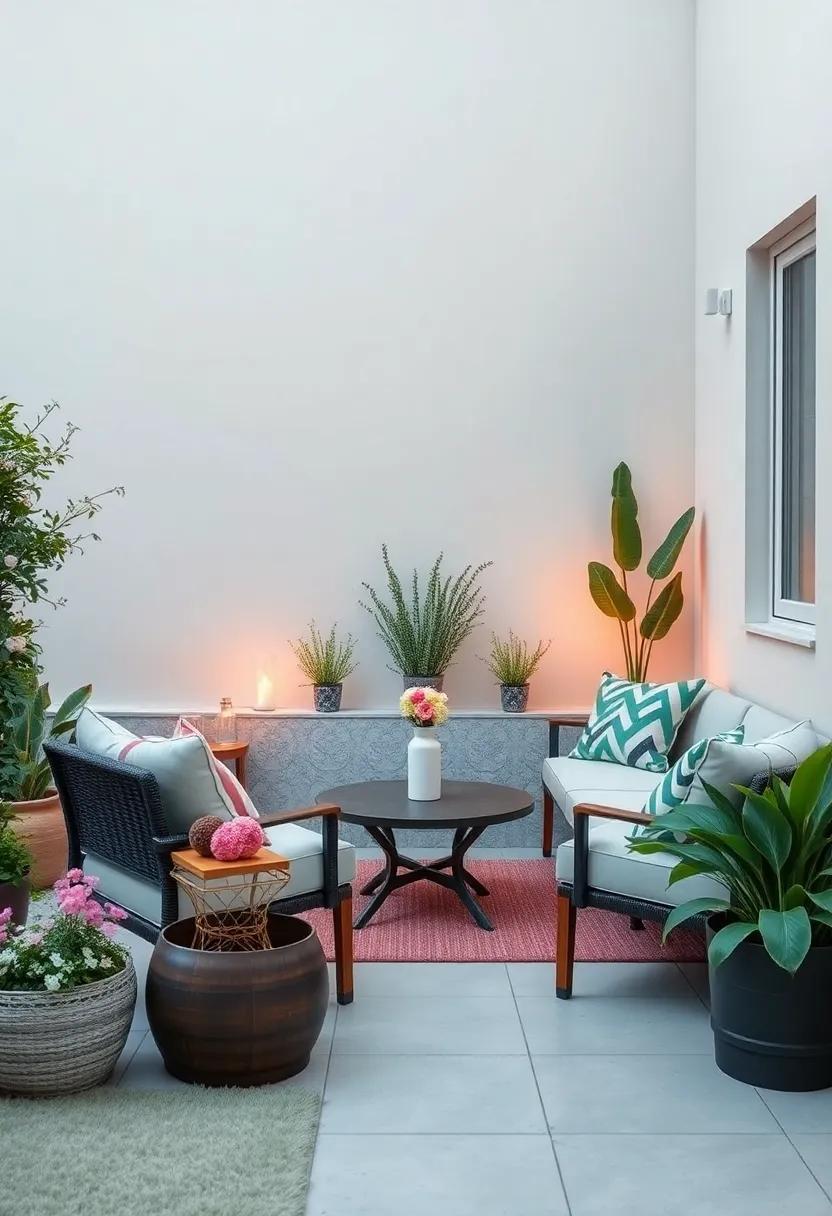
Creating a cozy outdoor seating area starts with selecting the right furnishings that invite comfort and relaxation. Consider incorporating layered textures by mixing materials such as plush cushions, soft blankets, and durable outdoor rugs. A well-sized loveseat or hammock can become the centerpiece of your space, providing a perfect spot for lounging. Enhance the atmosphere with string lights or lanterns for a warm glow during evening gatherings. Use natural elements like potted plants or a vertical garden to add life and vibrant colors, ensuring your seating area feels like a cozy extension of your home.
Don’t forget about functionality and placement when setting up your outdoor retreat. Position your seating to take advantage of natural features like shade from trees or the view of a garden. Smaller side tables are ideal for holding drinks, snacks, or books, and allow for easy conversation. To help plan your layout, consider this simple table:
| Seating Option | Description | ideal Use |
|---|---|---|
| Loveseat | Compact, comfortable seating for two. | Relaxation or intimate conversations. |
| Adirondack Chairs | Stylish and spacious, perfect for lounging. | Reading or sunbathing. |
| Hammock | Swings gently, evocative of relaxation. | Taking naps or enjoying a lazy afternoon. |
Incorporating decorative Elements to Elevate Garden Appeal
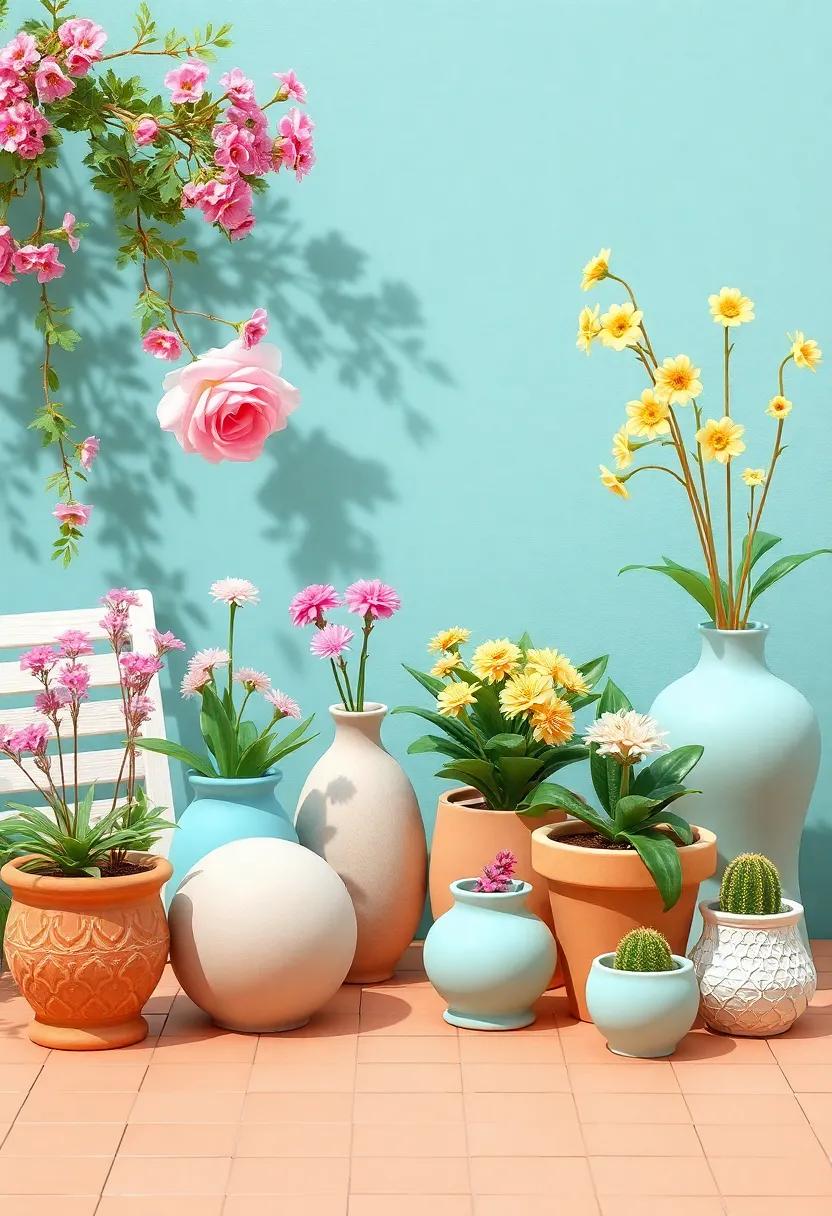
Enhancing the charm of your garden goes beyond just planting flowers and trimming hedges. By thoughtfully incorporating decorative elements, you can create a visually stunning and inviting outdoor sanctuary. Consider adding garden sculptures, ornamental planters, and lively trellises to provide focal points that draw the eye and add personality. These elements not only enrich the overall aesthetic but also blend harmoniously with your landscape, turning ordinary spaces into extraordinary retreats.
Utilizing lighting can dramatically alter the ambiance of your garden during the evening hours. Incorporating string lights, lanterns, or solar-powered stakes can highlight pathways and enhance seating areas, inviting you to enjoy your garden long after the sun sets. Furthermore, introducing water features like small fountains or birdbaths can create soothing sounds and attract local wildlife. To simplify your selection of decorative elements, here’s a quick reference table summarizing popular options:
| Element | Description |
|---|---|
| Sculptures | Artistic pieces that capture attention and spark conversation. |
| Planters | Unique designs that enhance the beauty of your plants. |
| Trellises | Support for climbing plants and a structure to add height. |
| String lights | create enchanting pathways and cozy corners. |
| Fountains | Add tranquility and attract birds. |
Utilizing Vertical Space to Maximize Your Garden’s Potential
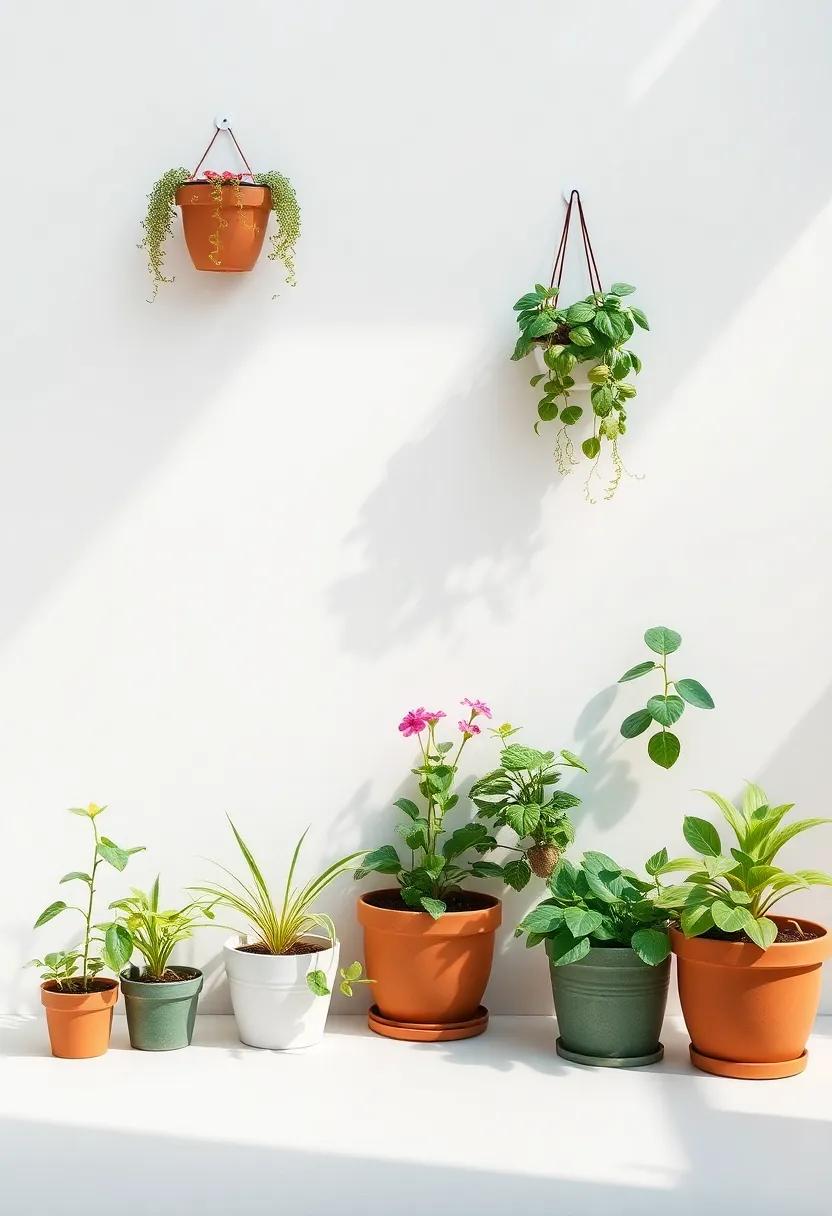
When space is at a premium, looking up can unlock a world of possibilities for your garden. Vertical gardening is a fantastic way to turn walls, fences, and trellises into lush green backdrops. By utilizing planters, wall-mounted pots, and hanging baskets, you can add layers and depth to your outdoor haven. Not only does this technique save ground space, but it also allows plants to bask in sunlight without competing for soil nutrients. Consider climbing plants like pole beans or sweet peas that can thrive on trellises, as well as cascading herbs such as thyme or chives, which can beautifully drape over shelves or wall planters.
To further enhance your vertical setup, think about incorporating a tiered approach. Shelving units or ladders can create ideal stair-step displays for smaller pots. This not only maximizes sunlight exposure but also creates a visually stunning focal point. For a charming look that promotes biodiversity, consider adding a vertical garden kit that includes a variety of plants. The table below outlines some easy-to-grow options that are perfect for vertical gardening:
| Plant Type | Growth Habit | Best Placement |
|---|---|---|
| Climbing Roses | Vining | Trellis or Fence |
| strawberries | Cascading | Hanging Planter |
| Herbs | Compact | Vertical Planter |
| Tomatoes | Climbing | Trellis |
Building a Sustainable Garden with Native and Resilient Flora
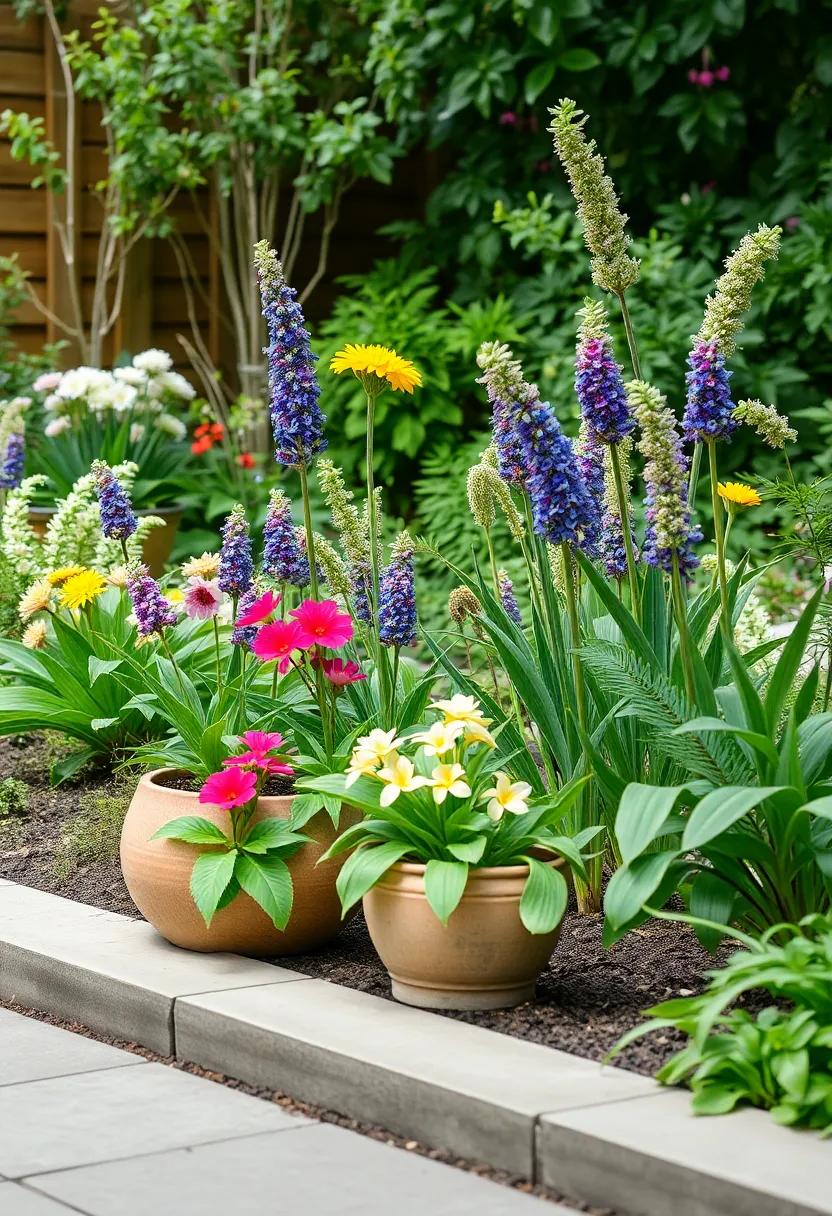
Creating an eco-friendly outdoor oasis begins with selecting native plants that naturally thrive in your region. These species boast remarkable adaptations to the local climate and soil conditions, making them far easier to maintain than exotic varieties. Consider incorporating plants such as:
- Wildflowers: Vibrant and diverse, these add color and attract pollinators.
- Grasses: Native grasses can anchor soil and provide habitat.
- Shrubs: Varieties like serviceberry or elderberry can offer both beauty and edible fruit.
In addition to choosing the right flora, focusing on resilient plants helps ensure your garden thrives through the changing seasons. Resilient species are typically drought-tolerant or pest-resistant, contributing to a low-maintenance garden. Here are some characteristics to look for:
| Characteristic | Benefits |
|---|---|
| Drought Resistance | Requires less water, sustainable during dry spells. |
| Pest Resistance | minimizes the need for chemical treatments. |
| Low Maintenance | reduces the time and effort needed for upkeep. |
Setting Up effective Irrigation Systems for Healthy Growth
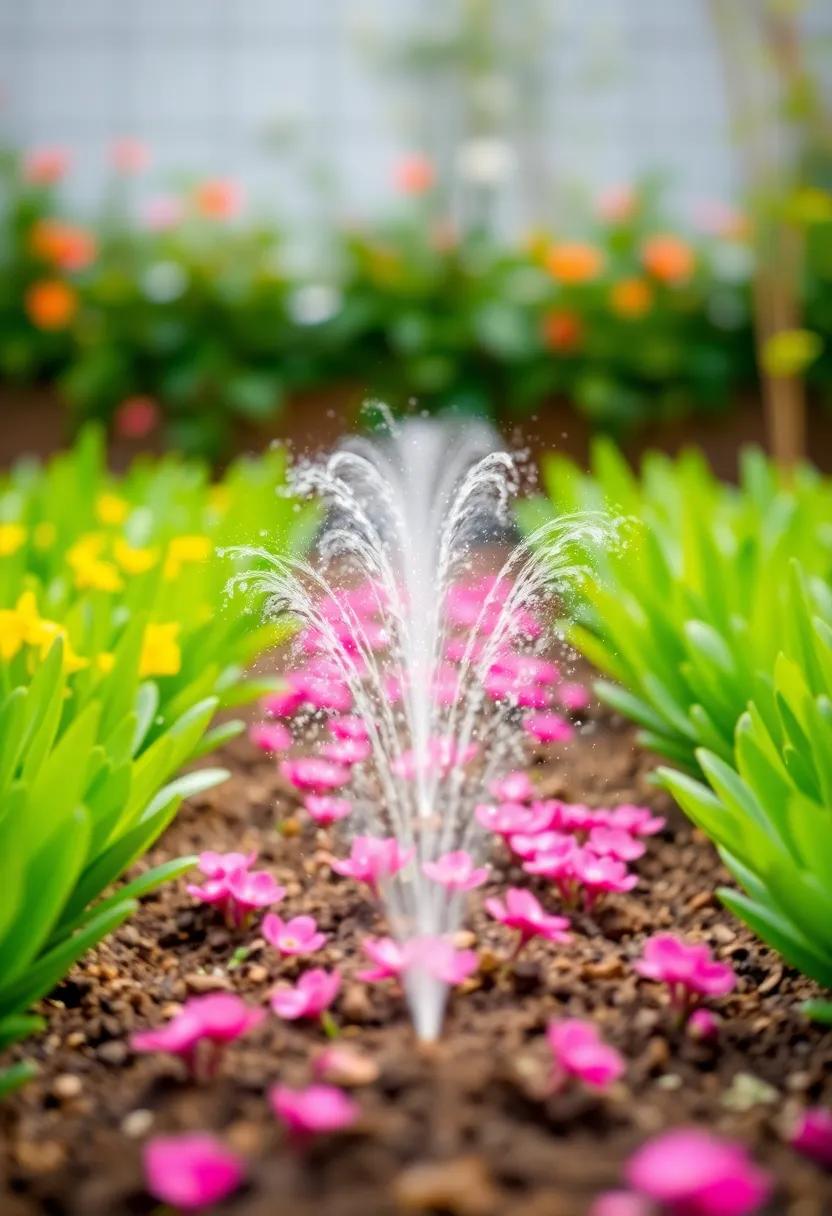
Creating a thriving garden starts with an effective irrigation system that caters to the specific needs of your plants.Consider the various options available to you, such as drip irrigation, soaker hoses, or customary sprinklers. Each method offers unique benefits that can enhance water efficiency and promote healthy growth:
- Drip Irrigation: Delivers water directly to the root zone, minimizing evaporation.
- Soaker Hoses: Provides slow, deep watering for areas with delicate plants.
- Sprinklers: Ideal for larger areas,offering versatile coverage options.
When setting up your system, it’s essential to consider factors such as water pressure, soil type, and plant requirements. A well-planned irrigation schedule can make a meaningful difference in water usage and plant health. Use the following table to assess your garden’s watering needs:
| Plant Type | water Requirement (inches/week) | Best Irrigation Method |
|---|---|---|
| Vegetables | 1-2 | Drip Irrigation |
| Flowering Plants | 1-1.5 | Soaker Hoses |
| lawns | 1-2 | Sprinklers |
Designing a Flower Bed That bursts with Color and Life
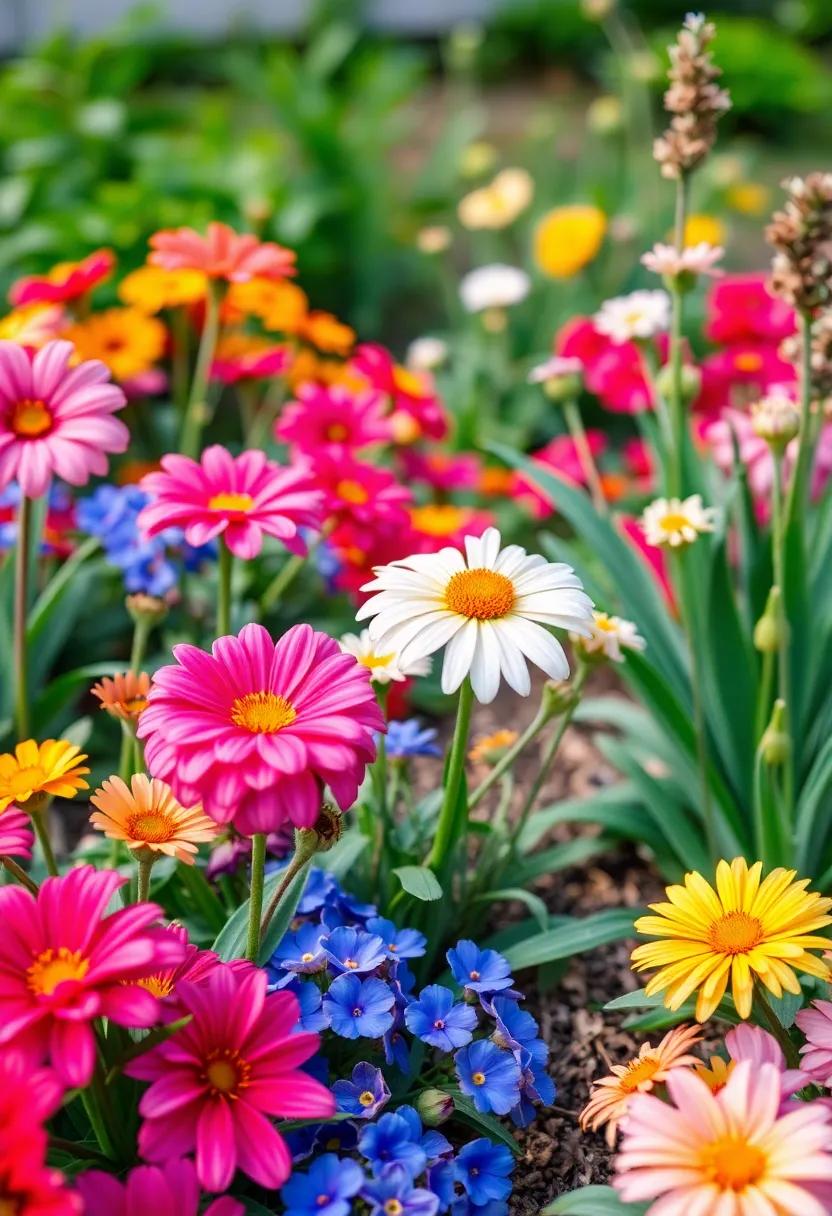
Creating a vibrant flower bed is an art that combines color, texture, and careful planning. Start by selecting a diverse mix of plants that bloom at different times, ensuring that your garden will remain lively throughout the season. Consider incorporating perennials for lasting longevity along with a splash of annuals for immediate impact. group flowers by height and color to create a striking visual effect, and remember to include plants with differing foliage to add depth and interest. Here are a few factors to consider:
- Color palette: Choose a harmonious blend of colors that complement each othre.
- Height variations: Layer taller plants in the back and shorter flowers in the front.
- Seasonal bloom: Select plants that flower at various times for continuous blooms.
- Texture diversity: Mix different leaf shapes and sizes for added intrigue.
Next,pay attention to the layout and spacing of your flower bed to ensure optimal growth and air circulation among your plants. Utilize a grid pattern or a staggered layout for an organized aesthetic, and ensure that each plant has enough room to flourish.Incorporate hardscaping elements such as decorative stones or trellises to enhance the garden’s structure while providing support for climbing plants.To help you choose the right blooms, refer to the table below for a selection of vibrant flowers suitable for sunny and shaded areas:
| Flower | Sun/Shade | Bloom Time |
|---|---|---|
| Marigold | Full Sun | Spring to Frost |
| Hosta | Partial Shade | Summer |
| Petunia | Full Sun | Spring to Fall |
| Astible | Full Shade | Summer |
Integrating Edible Plants into Your Spring Garden Design
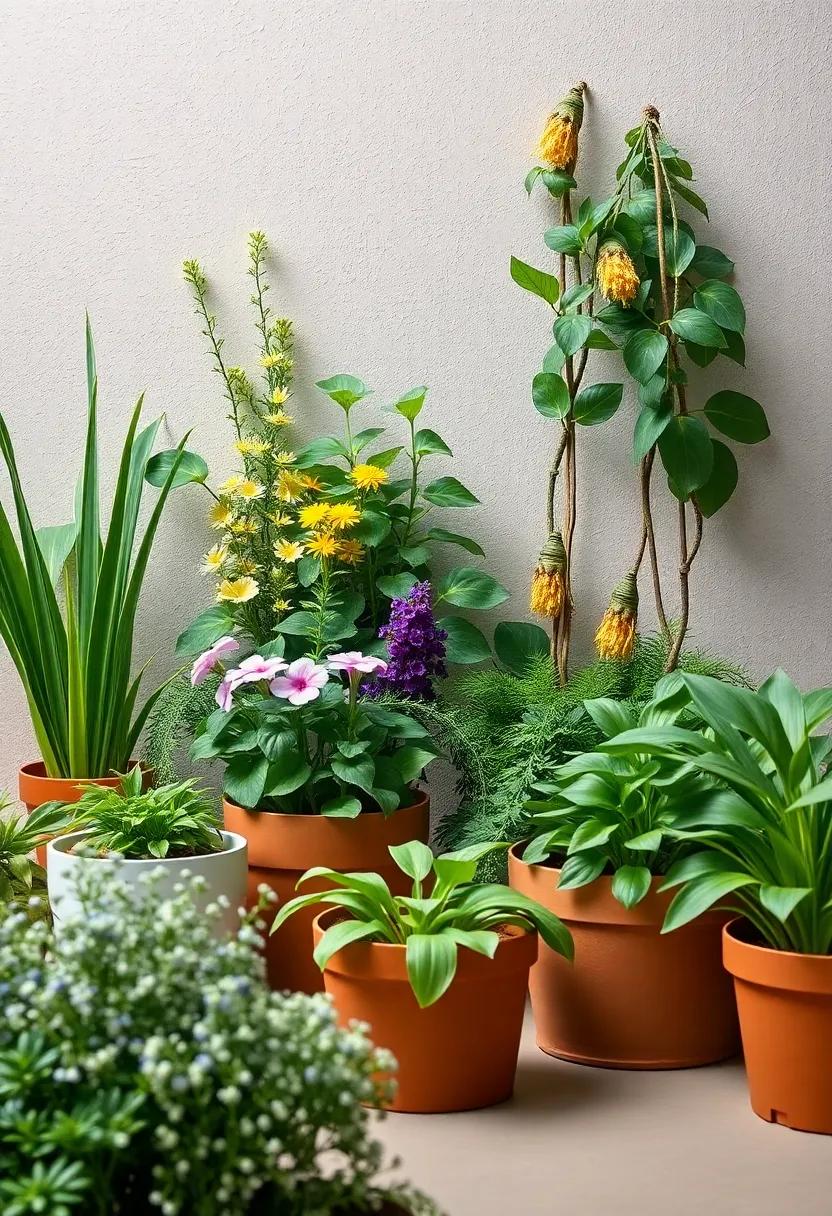
Embracing edible plants in your spring garden design not only enhances the beauty of your space but also offers a bounty of fresh produce right at your fingertips. Consider incorporating herbs, vegetables, and flowers that serve dual purposes, such as culinary delights and ornamental beauty. Some excellent choices include:
- Basil – Adds fragrance and flavor while featuring lush green leaves that beautify any garden bed.
- Chard – With its vibrant stems and large leaves,it’s a feast for both the palate and the eyes.
- Nasturtiums - Colorful flowers that not only attract pollinators but also serve as a peppery addition to salads.
- tomatoes - These sun-loving plants can be trellised or left to sprawl, offering both visual and edible rewards.
Having a strategic layout is essential for maximizing both aesthetics and productivity. Establishing planting zones that consider sun exposure, water needs, and plant heights will help create a harmonious and functional space. Creating a visual display can be achieved through:
| plant | Sun Requirement | Height |
|---|---|---|
| Basil | Full sun | 12-24 inches |
| Chard | Full sun to partial shade | 18-24 inches |
| nasturtiums | Full sun | 10-20 inches |
| Tomatoes | Full sun | 24-72 inches |
By weaving together these elements into your garden narrative, you’ll create a spring sanctuary that pleases the eyes and tastes extraordinary. For an extra touch of charm, intersperse ornamental plants with your edible species—allowing your garden to flourish across seasons and tempt the taste buds along the way.
Creating Wildlife-Friendly Habitats to Support Local Ecosystems

Creating an inviting environment for local wildlife is essential in fostering biodiversity and ensuring healthy ecosystems. Integrating native plants into your garden not only supports pollinators like bees and butterflies but also provides food and habitat for various birds and beneficial insects. Consider incorporating the following elements to make your outdoor space a haven for wildlife:
- Native Flowers: Choose varieties that bloom at different times to provide nectar throughout the growing season.
- Water Sources: Add birdbaths, ponds, or small water features to attract birds and beneficial insects.
- Natural Cover: Use shrubs and hedges to create sheltered areas for nesting and protection.
- Wildflower Meadows: Leave areas unmowed to promote wildflowers, which attract a variety of pollinators.
- Compost Bins: Help recycle organic waste while providing habitat for earthworms and other decomposers.
In addition to plants, consider the structural components of your garden that can enhance wildlife habitats. Installing features like insect hotels and birdhouses can provide critical nesting sites that help maintain populations of local species. Additionally, using natural materials such as logs, stones, and native grasses can create microhabitats where a diverse range of creatures can thrive.Here’s a simple comparison table highlighting some features to include in your wildlife-friendly space:
| Feature | Benefits |
|---|---|
| Insect Hotel | Provides shelter for solitary bees and other beneficial insects. |
| Native Shrubs | Offers food and nesting sites for birds and small mammals. |
| Compost Pile | attracts earthworms and beneficial microorganisms,enriching soil health. |
Arranging Container gardens for Versatile Outdoor Spaces

Container gardens are the perfect solution to bring life to any outdoor space, whether it’s a cozy balcony, a lively patio, or a spacious backyard. They offer flexibility, allowing you to rearrange plants based on seasons, themes, or your mood.Start by selecting containers that complement your style—think colorful terracotta pots, rustic wooden crates, or modern metallic planters. Consider the following aspects when arranging your container garden:
- Height Variation: Use tall plants for vertical interest and short ones to create layers.
- Color Scheme: Choose a cohesive color palette that harmonizes with your space.
- Sunlight Needs: Group plants with similar light requirements to ensure their health and growth.
to achieve a balanced look, consider creating a focal point in your container arrangement. This could be a stunning centerpiece, like a large flowering plant or an ornamental grass. Surround your focal point with complementary plants that provide texture and color contrast. Use the following table to visualize different plant combinations that thrive together:
| Focal plant | Companion Plants | Light Requirement |
|---|---|---|
| Canna Lily | Geraniums, Petunias | Full Sun |
| Fountain Grass | Succulents, Lavender | Partial Sun |
| Bird of Paradise | Caladium, Begonia | Full Shade |
Exploring seasonal Blooms to Enrich Your Outdoor Experience
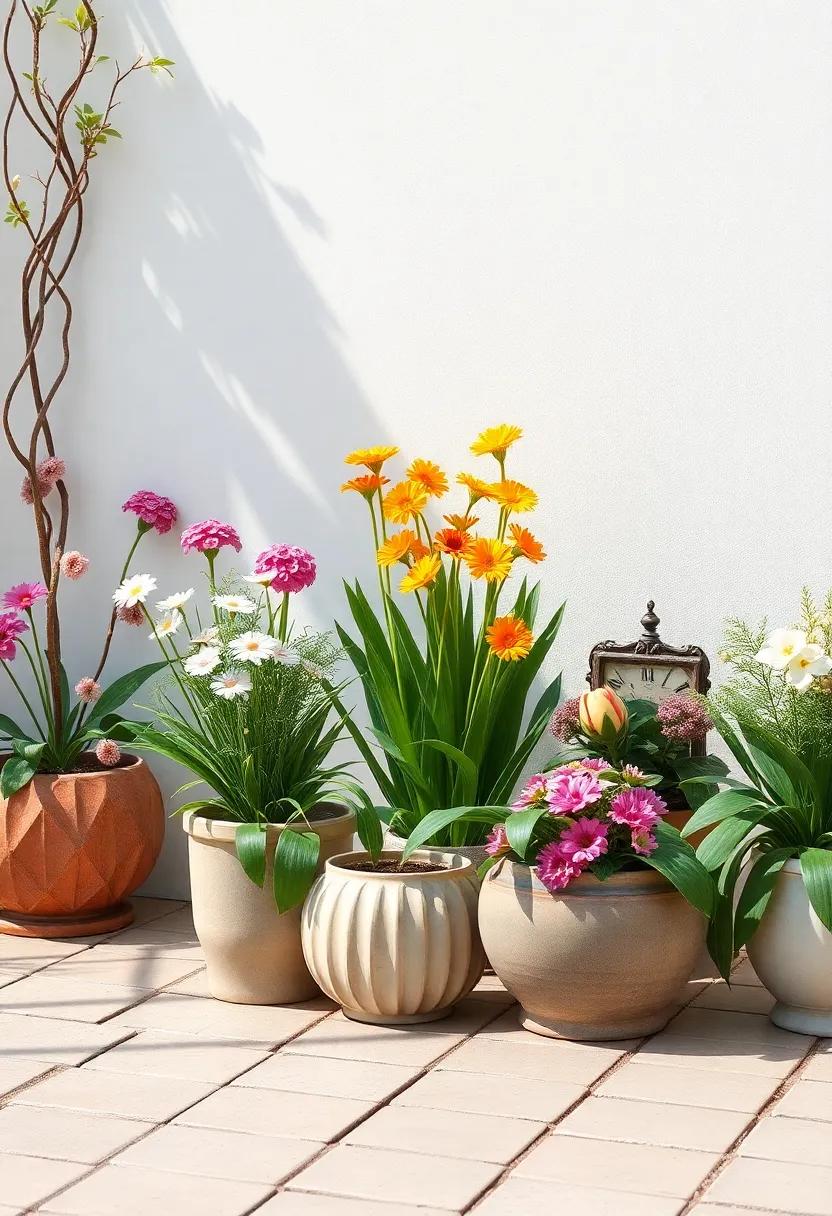
As the air warms and the days lengthen, vibrant blooms burst forth, transforming our outdoor spaces into colorful canvases. To enhance your garden experience, consider incorporating a variety of seasonal flowers that not only add aesthetic value but also attract pollinators. Here are some seasonal blooms to explore for your spring garden setup:
- Tulips: Available in virtually every color, they’re perfect for creating stunning curbsides.
- Daffodils: Their bright yellow petals herald the arrival of spring and they require minimal care.
- Creeping Phlox: This low-growing perennial adds a carpet of color to your garden beds.
- Hyacinths: Known for their intoxicating fragrance, they’ll fill your garden with delightful scents.
- Pansies: With their expressive faces and extensive color palette, they’ll add charm and character.
To further enrich your outdoor ambiance, consider planting a mix of perennials and annuals for varied bloom times and colors throughout the season. Pairing these seasonal favorites with carefully curated shrubs or ornamental grasses can create layers of texture that draw the eye.A well-planned layout not only enhances visual appeal but also promotes biodiversity, fostering a thriving ecosystem.
| Flower Type | Bloom Time | Care Level |
|---|---|---|
| Tulips | March to May | Easy |
| Daffodils | March to April | Low |
| Creeping Phlox | April to June | Moderate |
| Hyacinths | March to April | Moderate |
| Pansies | Spring to Fall | Easy |
Incorporating Water Features for Tranquility in Your Garden
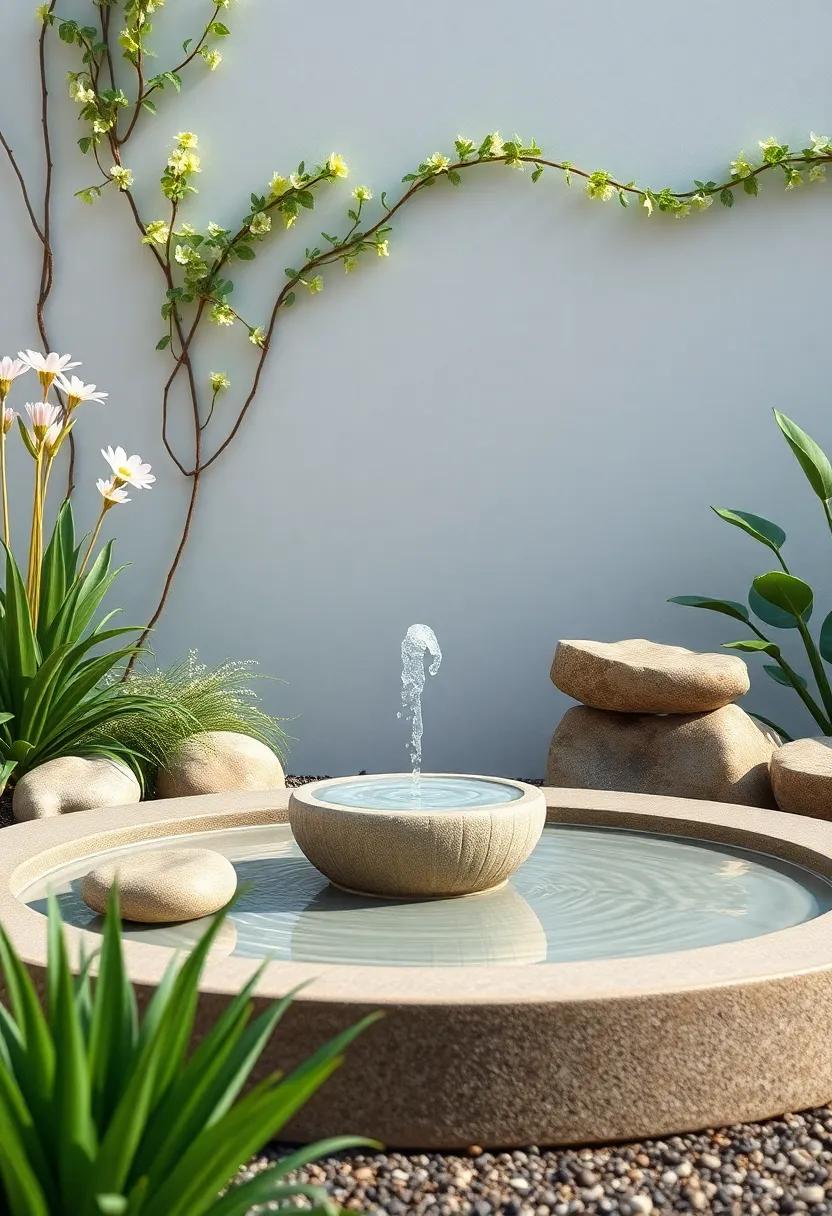
Water features can serve as stunning focal points in any garden,bringing a sense of calm and serenity to your outdoor space. Whether it’s a tranquil pond, a bubbling fountain, or a simple birdbath, incorporating these elements can considerably enhance your garden’s aesthetic. Consider the following options when integrating water features into your design:
- Ponds: ideal for creating a natural habitat for wildlife, ponds can be customized with aquatic plants and even fish, adding life to your garden.
- Fountains: The sound of flowing water brings a soothing ambiance, making a fountain an excellent choice for relaxation areas.
- Waterfall Features: These can be crafted into slopes or hillsides, providing a dramatic effect that mimics nature.
- Birdbaths: Easy to install and maintain, they attract charming birds while serving as an elegant decoration.
Choosing the right location for these features is crucial; you should place them where they can be easily admired and provide the desired effect. Be mindful of the scale of your water feature in relation to the space—it should complement your garden without overwhelming it. A well-planned water feature can also enhance the overall ecology of your garden by creating habitats for various species, increasing the diversity of life in your outdoor sanctuary. Below is a simple table showcasing the benefits of different water features:
| water Feature | Benefits |
|---|---|
| Pond | Wildlife habitat,natural beauty |
| Fountain | Relaxing sound,aesthetic enhancement |
| Waterfall | Dramatic presence,soothing flow |
| Birdbath | attracts birds,easy installation |
Designing Your Garden Layout with Functional Zones in Mind
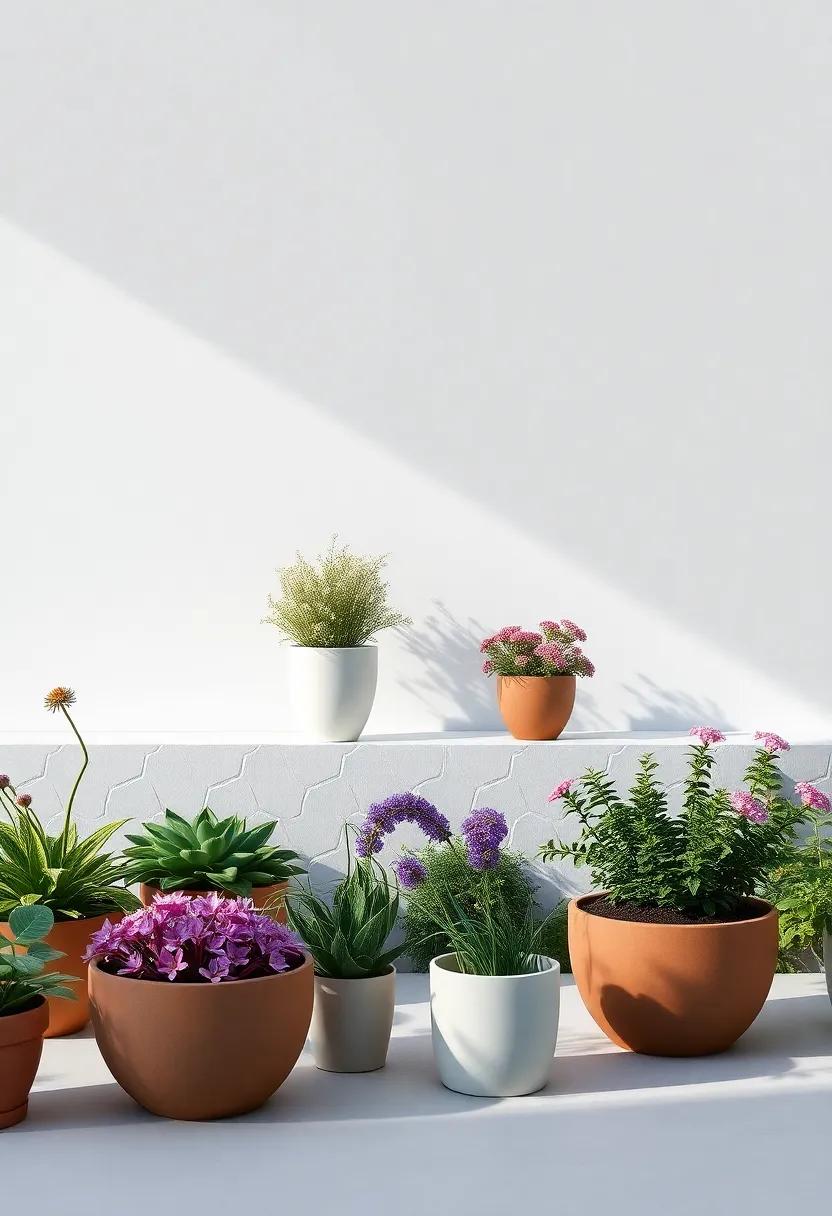
When crafting a garden layout, think of dividing your space into functional zones to enhance both aesthetics and usability. Start by identifying the key areas that align with your lifestyle, such as a cozy space for relaxation, an area for growing herbs or vegetables, and zones for entertaining guests.This approach not only maximizes the use of your outdoor space but also allows for seamless flow and movement throughout the garden. Consider incorporating elements like pathways and focal points to guide visitors through each area, creating a harmonious experience.
To visualize your garden zones effectively, it can be helpful to create a simple chart.Here’s an example layout that categorizes various garden functions:
| Zone Type | Key Features |
|---|---|
| Relaxation Area | Benches, hammocks, ambient lighting |
| Food garden | Raised beds, trellises, potting station |
| Entertainment Space | Outdoor dining set, fire pit, grill |
| Wildlife zone | Native plants, bird baths, logs for habitats |
By strategically planning these zones, you can create a functional and inviting outdoor sanctuary that meets your needs while showcasing the beauty of nature. remember to incorporate pathways between these areas to ensure easy access and an inviting atmosphere that encourages exploration and enjoyment.
Selecting the Right Mulch to Enhance Soil Quality and Appearance

When it comes to enhancing your garden’s soil quality and visual appeal, the choice of mulch is paramount. Different types of mulch serve distinct purposes, allowing you to tailor your garden’s needs. As a notable example, organic mulches like bark chips, straw, and grass clippings not only suppress weeds but also improve soil health as they decompose. Conversely, inorganic options, such as rubber mulch or gravel, provide durability and a modern aesthetic, making them ideal for specific designs. Consider your garden’s style and the natural resources available when choosing the perfect type.
To further guide your selection, here’s a quick comparison of popular mulch types:
| Mulch Type | Benefits | Best Uses |
|---|---|---|
| Wood Chips | Retains moisture, improves soil | Flower beds, trees |
| Straw | Weed suppression, lightweight | Vegetable gardens |
| Rubber Mulch | Long-lasting, low maintenance | Play areas, decorative paths |
| Gravel | Excellent drainage, modern look | Rock gardens, driveways |
Ultimately, the right mulch choice harmonizes with your garden’s environment while enhancing both function and form. By selecting suitable materials,you can create a thriving ecosystem that not only looks lovely but also nurtures your plants’ growth throughout the seasons.
establishing a Composting Area for Eco-Friendly Gardening
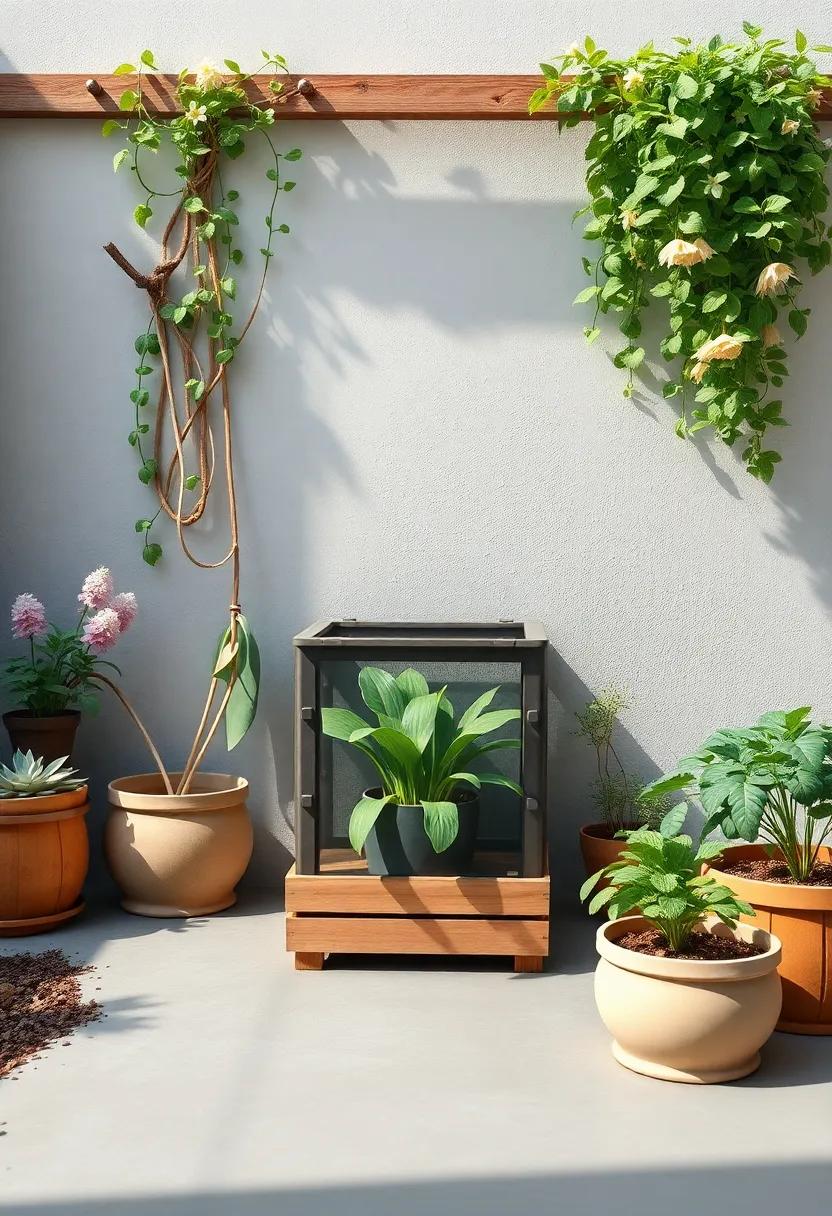
Creating a dedicated space for composting is a transformative step toward cultivating a sustainable garden. Begin by selecting a location in your yard that receives partial sunlight, ensuring that the microorganisms essential for decomposition thrive. Consider using a compost bin or constructing a simple enclosure with wooden pallets, wire mesh, or bricks. This area should be easily accessible to enable you to add materials and take advantage of the nutrient-rich compost throughout the growing season. To maximize efficiency, aim for a size of at least 3×3 feet; this provides ample space for airflow, which is crucial for the composting process.
When establishing your composting area, it’s significant to curate the right materials for a successful compost blend. A balanced mix of greens (nitrogen-rich materials) and browns (carbon-rich materials) is essential. Here’s a quick overview of what to include:
| Greens (Nitrogen) | Browns (Carbon) |
|---|---|
| Vegetable scraps | Dry leaves |
| fruit peels | Shredded newspaper |
| Coffee grounds | Cardboard |
| Grass clippings | Wood chips |
mixing these materials in equal parts will create a compost that breaks down efficiently, providing your garden with the nutrients it needs to flourish. Be sure to turn your compost every few weeks to aerate it, promote decomposition, and prevent any unpleasant odors. With a little patience and care, your composting area will yield rich, dark humus that will enrich your soil, contributing to an eco-friendly gardening experience.
Planning for the Seasonal Transition: What to Prepare Now
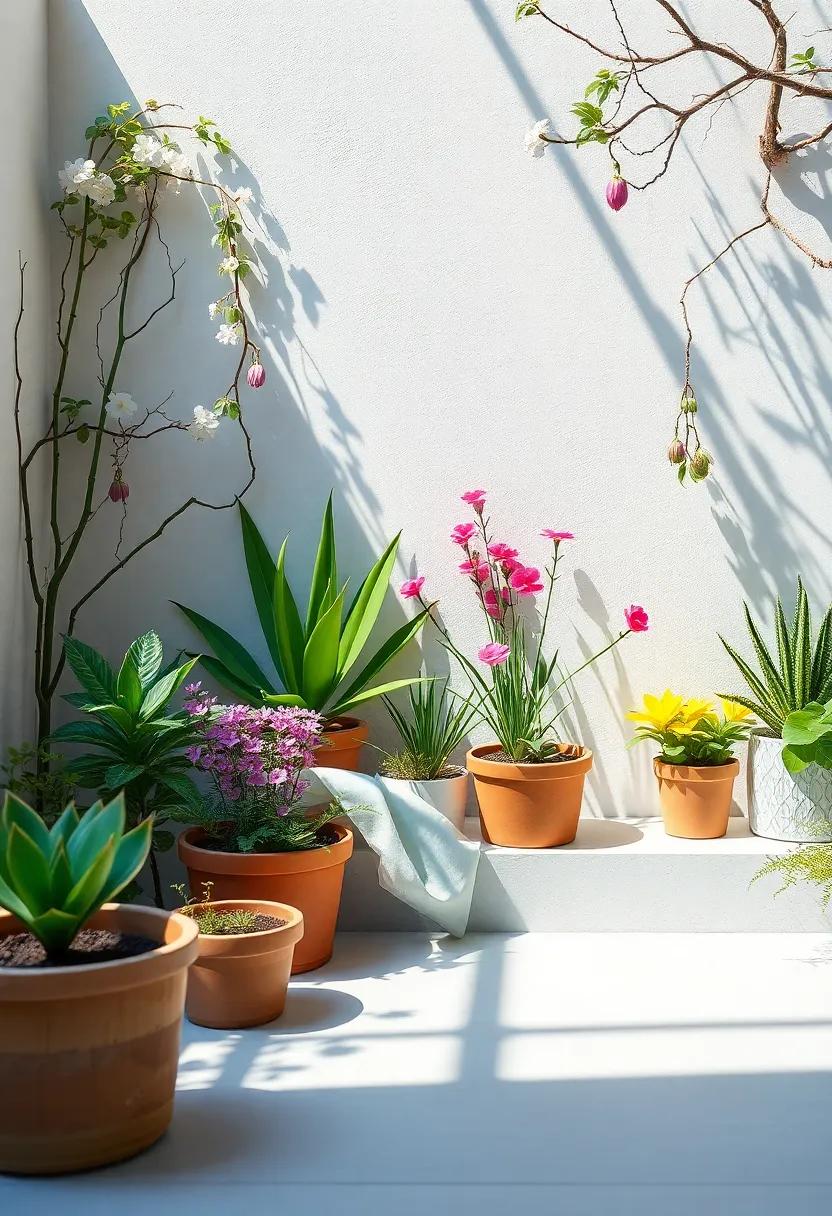
As the first hints of warmth begin to permeate the air, it’s time to lace up your gardening gloves and prepare your outdoor sanctuary for the chilly months ahead. A well-thought-out plan is essential to ensure a smooth transition from winter’s embrace to spring’s vibrant awakening.Begin by assessing your garden’s current layout and make a checklist of necessary tasks. Consider the following steps as you dive into your seasonal preparations:
- Clean Up Debris: Remove dead leaves, branches, and waste that may have accumulated over winter.
- Soil Preparation: Test your soil pH and nutrient levels, amend as necessary, and turn it to aerate.
- Pruning: Trim back any overgrown shrubs or perennials to encourage new growth.
- plan Your Layout: Sketch a new design or adjust existing garden layouts for optimal sun exposure and aesthetics.
Next, it’s crucial to select the right plants that will flourish in your climate and complement your garden’s design. Consider your local hardiness zone to ensure you choose species that will thrive when planted. Creating a simple planting schedule can streamline the process, allowing you to visualize when to sow seeds or transfer young plants outdoors. Use the table below as a quick reference for planting times and growth requirements:
| Plant Type | Optimal Planting Time | Sun Requirement |
|---|---|---|
| Tomatoes | Late April to Early May | Full Sun |
| Marigolds | Mid-April | Full Sun |
| Lettuce | Early March to mid-June | Partial Shade |
| Zinnias | After Last Frost | Full Sun |
Using Garden Lighting to Extend Your enjoyment into the Evening
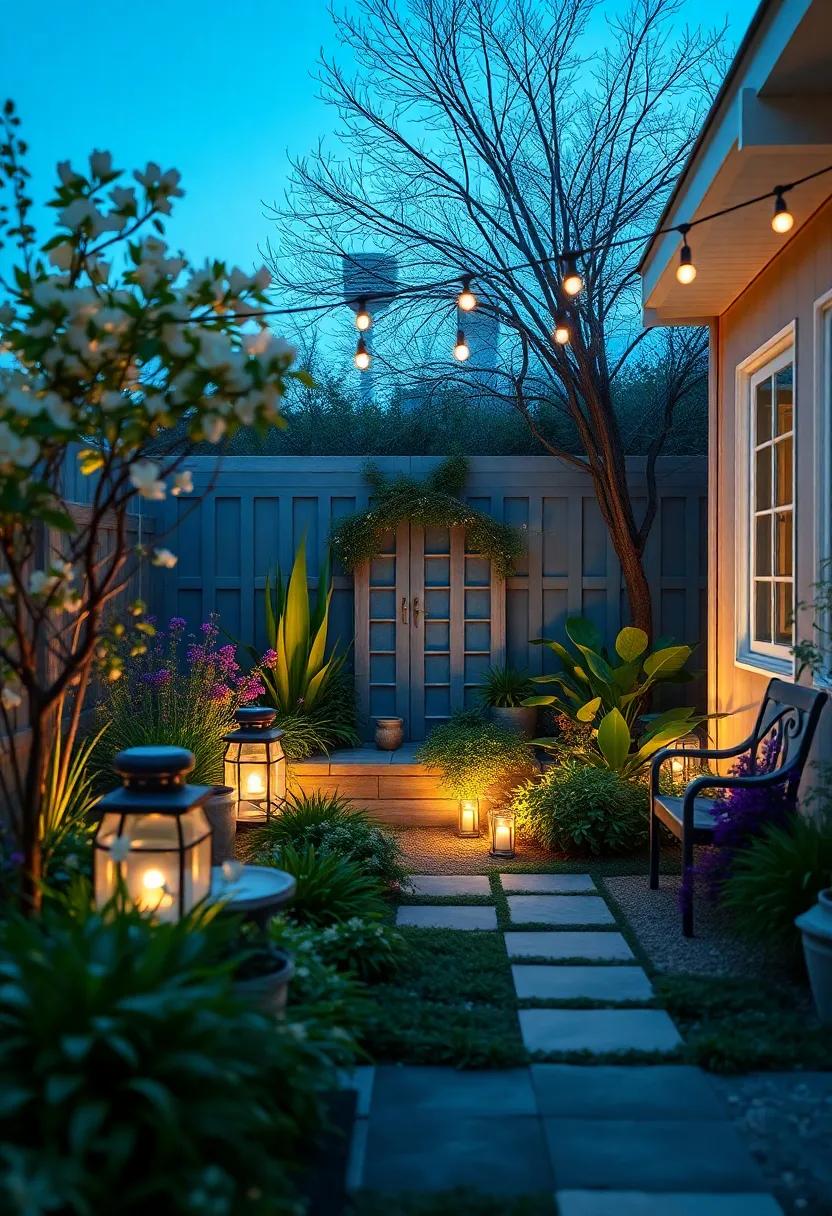
Enhancing your garden with thoughtful lighting can transform it into a magical space, perfect for evening relaxation and gatherings. When choosing garden lights, consider a blend of functional and aesthetic options.String lights can create an enchanting atmosphere, draping them across pergolas or tree branches. Solar-powered stake lights illuminate pathways, while spotlights can highlight your favorite plants or water features, bringing your garden’s best elements into focus after sunset.
Additionally, layering various light sources can add depth and warmth to your outdoor haven. Embrace different styles like lanterns, floodlights, and candles in various locations as part of the overall design. Create zones with light to define spaces for dining, lounging, or entertainment. Here are some essential tips for effective garden lighting:
| Lighting Type | Best For |
|---|---|
| String Lights | Creating a cozy ambiance |
| Path Lighting | Illuminating walkways |
| spotlights | Highlighting features |
| Lanterns | Adding decorative charm |
Creating Child-Friendly Outdoor Spaces for Fun and Exploration
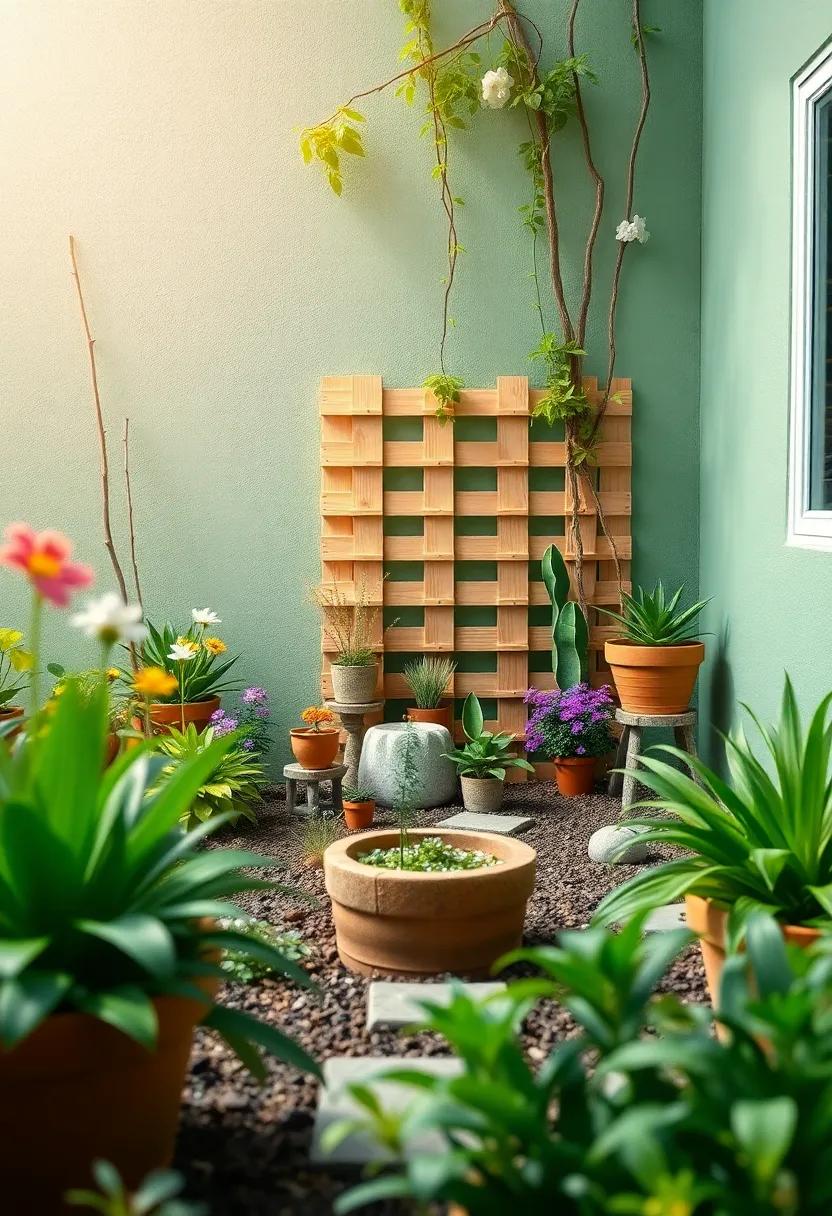
Designing an outdoor space that delights children and encourages their natural curiosity requires more than just a patch of grass. Embrace natural elements by incorporating a variety of textures and colors through flowery gardens and sensory pathways. Consider creating zones for different activities,such as:
- Adventure Areas: Install climbing structures or create a small forest with trees and logs for climbing.
- Creative Corners: Set up tables for art projects or a chalkboard wall for doodling and drawing.
- Nature Exploration Zones: Designate spaces with plants, insects, and small critters for children to observe and learn about.
To further enhance the playful experience, incorporate elements that ignite creativity such as hidden nooks, themed play spots, and interactive features. Using bright colors for garden furniture and pathways can also evoke excitement. Below is an example of how you can allocate various features in your outdoor area:
| Feature | Purpose | Materials |
|---|---|---|
| Sand Pit | Encourages tactile play | Wood, plastic, sand |
| Water Play area | Fosters sensory experiences | Pools, hoses, buckets |
| Garden Maze | Stimulates problem-solving skills | Hedges, fencing |
Wrapping Up
As the warmth of spring beckons us outdoors, it’s the perfect time to breathe new life into your garden. With a blend of thoughtful planning, creativity, and a touch of patience, your outdoor space can blossom into a vibrant sanctuary that reflects your unique style. Remember, conversion doesn’t happen overnight—it’s a journey of trial and error, growth, and discovery.
Whether you’re starting with a blank canvas or refreshing an existing space, the tips and techniques outlined in this guide serve as the foundation for your spring garden setup. Embrace the process,experiment with colors and textures,and most importantly,enjoy the tranquility that nature brings.
as you cultivate your outdoor oasis, may it bring you joy, relaxation, and a sense of accomplishment throughout the seasons to come. So put on your gardening gloves, gather your tools, and let the magic of spring inspire you to create a space that you and your loved ones will cherish for years ahead. Happy gardening!
As an Amazon Associate I earn from qualifying purchases.
 darbylanefurniture.com Interior design ideas with the latest interior inspiration
darbylanefurniture.com Interior design ideas with the latest interior inspiration
